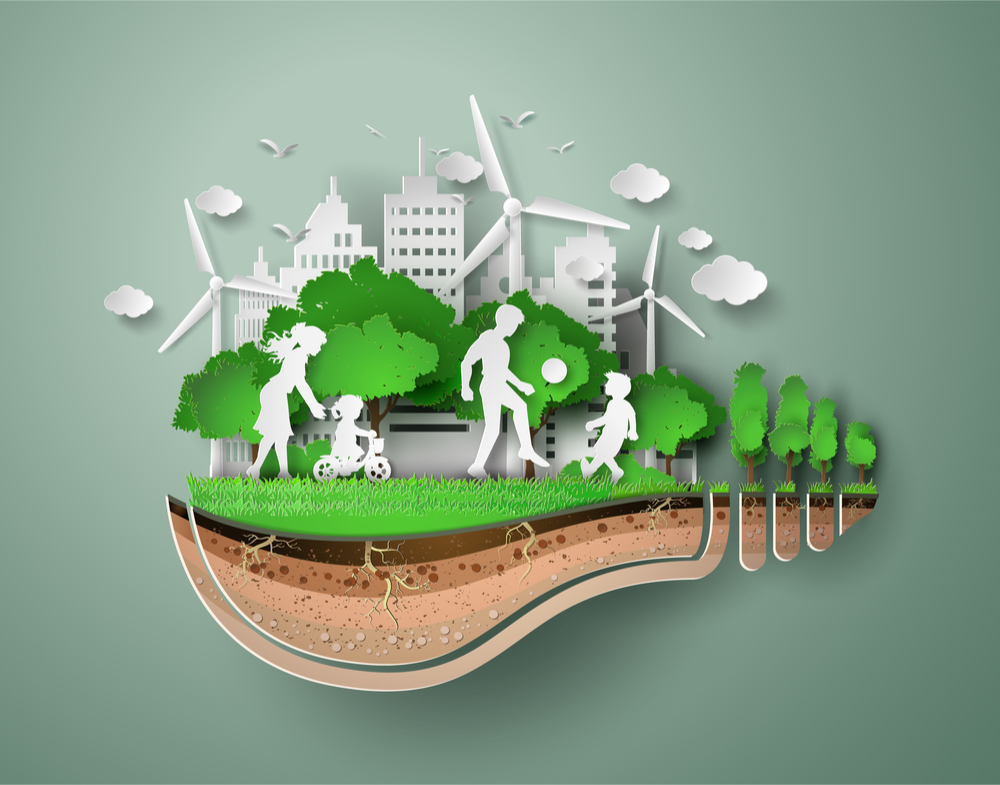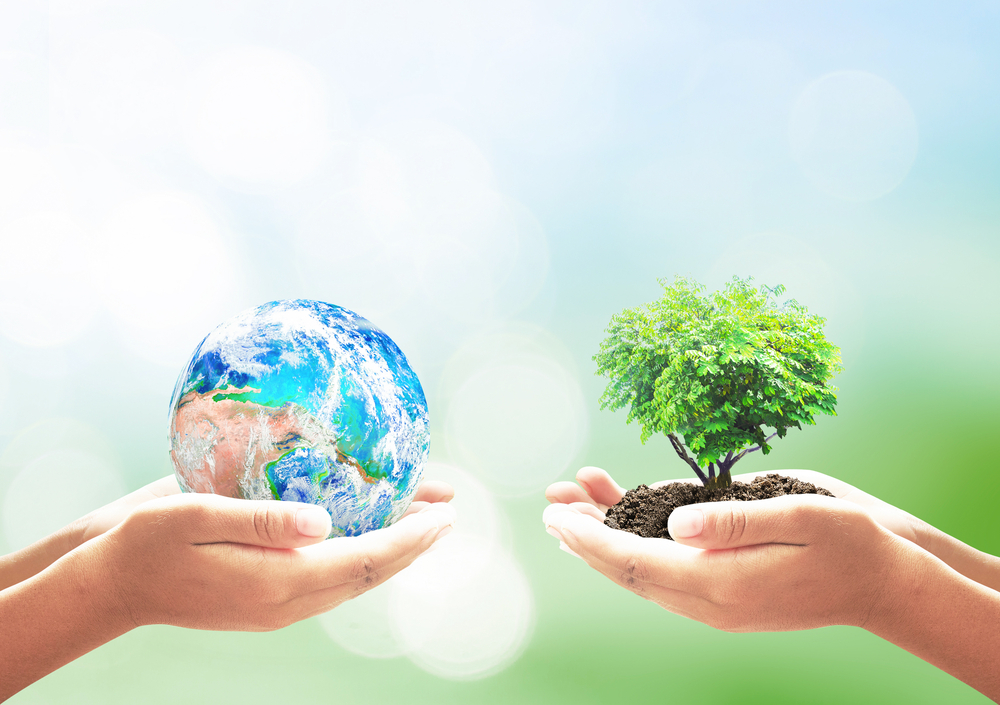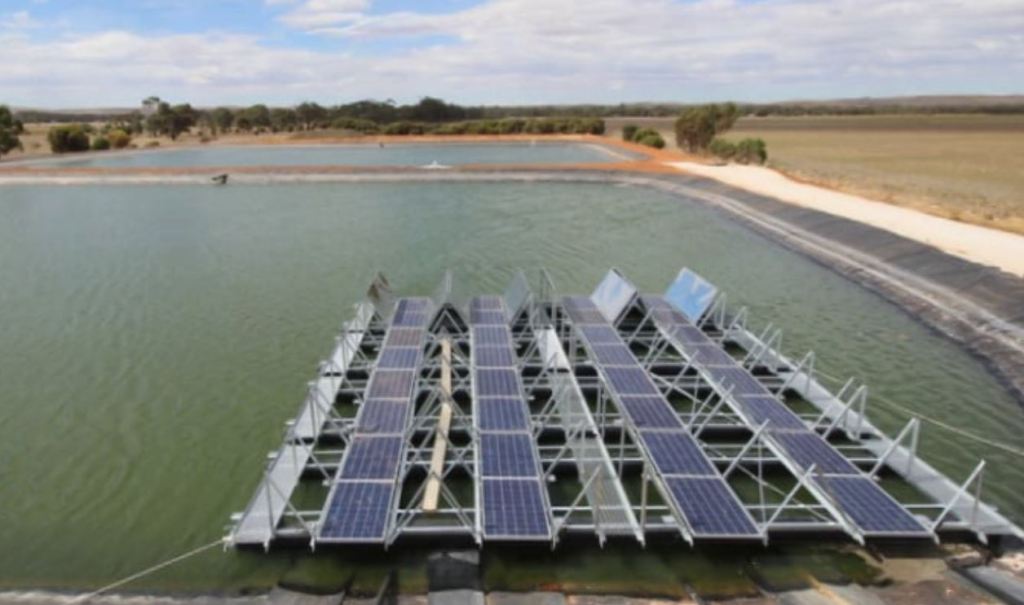Green Growth
Can Financing Keep Up?
A green groundswell grips the multifamily industry, influencing everything from building materials to construction standards and certification systems. Green financing is no small part of this trend. As sustainability becomes further embedded in the multifamily sector’s fabric, so are the capital sources available for environmentally responsible upgrades. Both investment and commercial banks are increasingly entering […]


